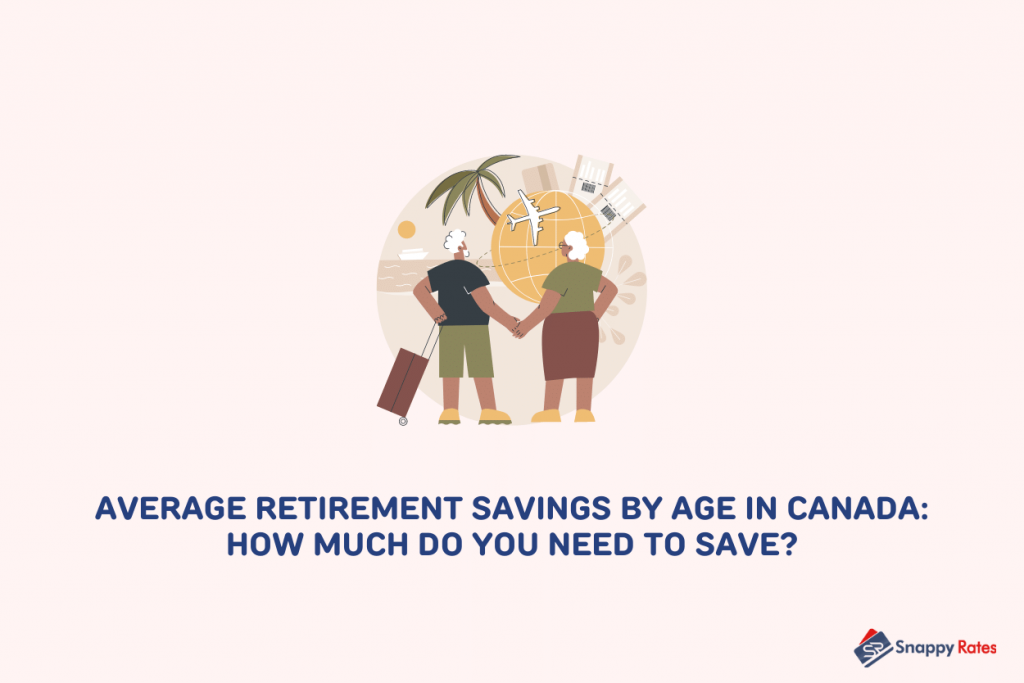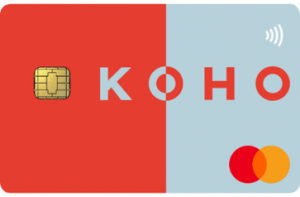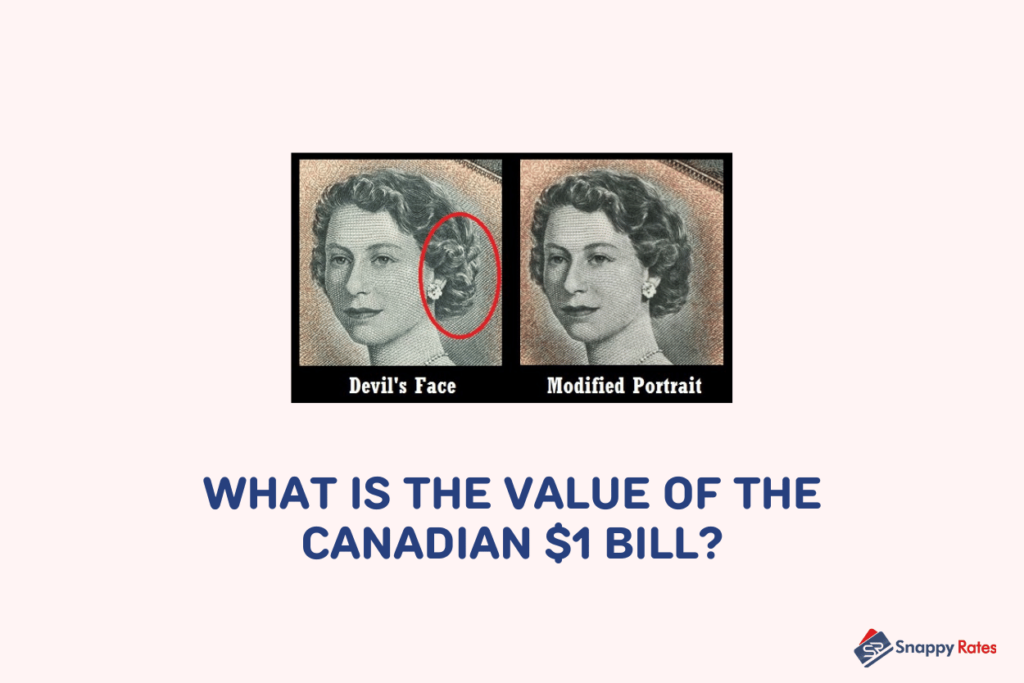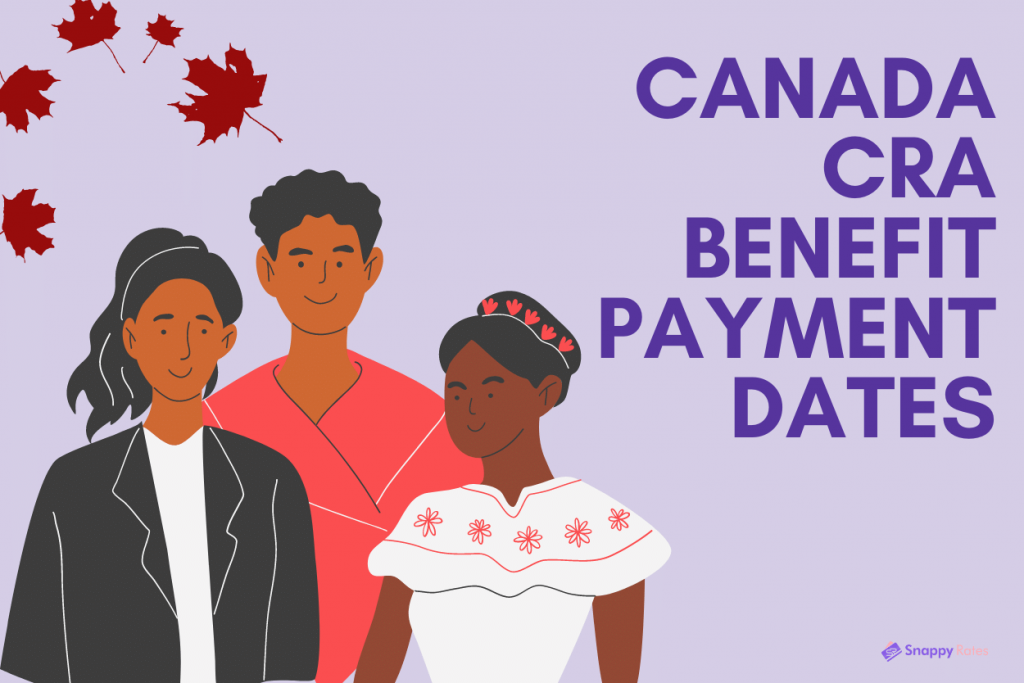Planning for retirement is crucial, and luckily, Canadians have plenty of choices when it comes to retirement savings. Each type of savings plan has its own rules and benefits, which we’ll discuss in this article.
The most popular retirement savings plan in Canada is the Registered Retirement Savings Plan (RRSP).
This account allows you to take money out of your paycheque and save or invest it toward retirement while reducing your total taxable income during your working years.
When you are 71, your RRSP becomes a Registered Retirement Income Fund (RRIF). Money withdrawn from an RRSP or RRIF is treated like taxable income.
Other popular retirement savings plans in Canada are the Locked-In Retirement Account (LIRA), the Tax-Free Savings Account (TFSA), and employer-sponsored pensions.
We’ll discuss how Canadians are saving for retirement using these types of retirement savings plans, including average savings by age group.
We’ll also look at contribution limits and how much money you should have saved for retirement and answer some of the most commonly asked questions about retirement savings in Canada.
Average Canadian Retirement Savings by Age
The average amount that Canadians have saved for retirement usually varies by age. The tables below show savings by age group for both households and individuals.
Household Retirement Savings by Age Group
(Information sourced from StatCan, 2019)
| Age Group | Private Pension Total | Employer- Sponsored Pensions | RRSPs, RRIFs, LIRAs, Other | TFSAs |
| Under 35 | $90,500 | $74,100 | $51,300 | $19,300 |
| 35-44 | $220,500 | $195,200 | $90,900 | $22,300 |
| 45-54 | $437,300 | $404,300 | $158,200 | $28,700 |
| 55-64 | $645,500 | $565,000 | $244,500 | $49,000 |
| 65 and older | $514,800 | $388,800 | $283,000 | $61,300 |
Individual Retirement Savings by Age Group (x1,000,000)
| Age Group | Private Pension Total | Employer- Sponsored Pensions | RRSPs, RRIFs, LIRAs, Other | TFSAs |
| Under 35 | $40,100 | $45,400 | $20,300 | $14,200 |
| 35-44 | $89,700 | $95,000 | $47,200 | $15,400 |
| 45-54 | $290,900 | $288,800 | $118,200 | $22,000 |
| 55-64 | $377,300 | $431,600 | $150,500 | $30,300 |
| 65 and older | $272,100 | $236,100 | $147,600 | $40,100 |
TFSA Contribution Limit
Most retirement savings plans limit the amount that you can contribute each year. Tax-Free Savings Accounts allow you to deposit as much as you want, but any contributions made above the available contribution room during the year are taxed at 1% of the highest excess TFSA amount for that month.
The excess amount will continue to be taxed for each month that it’s in your account. The more you know about the TFSA contribution room, the more informed the decision you’ll be able to make.
The annual contribution room for Tax-Free Savings Accounts has changed a lot over the past decade. Here’s a list of the annual TFSA contribution room every year from 2012-2022:
- 2012: $5,000
- 2013-2014: $5,500
- 2015: $10,000
- 2016-2018: $5,500
- 2019-2022: $6,000
What is the Average Savings by Age 25?
The average 25-year-old in Canada has $40,100 saved in private pension accounts and $14,200 saved in tax-free savings accounts. The median amount in private pensions is $15,000.
The under-35 age group has the lowest amount saved in every type of retirement account compared to all other age groups.
This is mostly because they haven’t had as much time as people in the older age groups to add money to those accounts. Any money they have saved hasn’t had as much time to grow either.
StatCan lists the average amount that all people under 35 have saved (this includes those aged 25), which is $123,400 in total assets. We’ve broken down the average amount of different types of savings below.
- Private pension assets: $40,100
- RRSPs, RRIFs, LIRAs, and other pension assets: $20,300
- Employer-sponsored pension plans: $45,400
- Non-pension financial assets: $18,800
- Non-financial assets: $83,800
As a side note, Canadians under 35 also have $69,500 of total debt on average.
What is the Average Savings by Age 40?
The average 40-year-old Canadian has $89,700 in private pension accounts and $15,400 saved in TFSAs. The median amount in private pensions owned by this age group is $40,000.
Individuals in the 35- to 45-year-old age group have had a little more time to add money to their accounts than those younger than them, but their money still hasn’t had a lot of time to compound and see large growth.
What is the Average Savings by Age 50?
The average 50-year-old in Canada has $290,900 in private pensions and $22,000 in TFSAs. The median amount saved in private pension accounts by this age group is $150,000.
By this age, most people have worked for a long time and have had a significant opportunity to add to their retirement accounts. Money that was contributed in their 20s and 30s has been growing for a few decades now.
What is the Average Savings by Age 60?
The average 60-year-old Canadian has $377,300 in private pensions and $30,300 in TFSAs. The median amount in private pensions at this age is $192,000.
By 60, most people are approaching retirement, and their retirement savings accounts are usually well-stocked.
They’ve had their entire adult lives to contribute to their accounts, and their money has had decades to compound.
Most people start to make withdrawals around this age, and the amount of average savings starts to decrease.
Related: Find out the average income of Canadians.
What is a Good Net Worth by Age in Canada?
A good net worth in Canada is above the median. The median is the middle point, meaning half of the country has above that amount, and half the country has less than that amount.
Below, we’ve listed the median net worth amounts in Canada for each age group as per Stats Canada.
- Under 35: $48,800
- 35 to 44: $234,400
- 45 to 54: $521,100
- 55 to 64: $690,000
- 65 and older: $543,200
How Much Money Do You Need to Retire by Age 65?
The amount of money that you’ll need to retire by the age of 65 will depend on a variety of factors, including your annual expenses, your estimated life expectancy, and any extra income you’ll earn during retirement.
The average amount that Canadians believe they’ll need to have saved up for retirement is $756,000, according to a survey conducted by CIBC.
This survey also reported that 90% of Canadians don’t have any idea how they’re going to save that much. As we showed in the tables above, most Canadians don’t have quite that much by the time they retire.
To find out how much you’ll need to save, you can use a retirement savings calculator. The calculator offered by WealthSimple is fast and easy to use, so you can get a rough estimate of how much you should be saving.
The Canadian Retirement Income Calculator will take about 30 minutes to fill out, but it’ll give you an in-depth analysis of your retirement needs and will help you find out if you’re on track for your goal.
It’s important to remember that retirement calculators are just estimates. For a personalized retirement plan, you should meet with a financial planner.

How to Save Money for Retirement in Canada
Canadians have lots of options when it comes to saving money for retirement. Some of the most commonly used retirement accounts are RRSPs, LIRAs, and TFSAs.
Some Canadians also have private pension plans sponsored by their employers.
Registered Retirement Savings Plans
RRSPs give you a tax-free shelter for your retirement savings to grow. Contributions aren’t counted as taxable income, and your money isn’t taxed until funds are withdrawn.
When you withdraw money, taxes are withheld by the financial institution holding the plan. We’ve listed the tax rates on withdrawals for Canadians—except for those who live in Quebec—below.
- 10% on amounts up to $5,000
- 20% on amounts above $5,000 up to $15,000
- 30% on amounts over $15,000
In Quebec, withdrawals are federally taxed at half these rates, but a provincial tax is withheld on top of them.
Individual RRSPs can be set up through a financial institution. Spousal or common-law RRSPs are useful for ensuring your retirement is split equally between you and your partner.
Self-directed RRSPs allow you to manage your own investment portfolios. You’ll get tax credits when you file your income taxes the following year.
Some employers offer group RRSPs that allow employees to take money directly from their paycheques.
Group RRPS usually have lower fees than individual plans, and employers sometimes even offer matching contributions. Contributions made by paycheque deduction also receive an automatic tax credit.
Once you are old enough to retire, your RRSP will be converted into a Registered Retirement Income Fund (RRIF), and you’ll start getting mandatory minimum withdrawals and paying taxes on them.
Locked-In Retirement Account
A LIRA would be a good option for you if you’ve left an employer before you retire.
If you transfer funds to a LIRA from a pension plan, you won’t be taxed on the money until you make withdrawals. The funds will be held tax-free for you until you retire or reach the age of 71.
Tax-Free Savings Accounts
Another option you have for saving for retirement is to open a TFSA. It’s a program that started in 2009.
Contributions and account earnings are generally tax-free up to the amount of your TFSA contribution room, even when you make a withdrawal. Withdrawals can be made at any time for most types of investments in a TFSA.
Employer-Sponsored Pension Plans
An employer-sponsored pension plan is a plan set up by your employer that will pay you when you retire. Pensions can either be defined by contribution or defined by benefit.
With a defined contribution pension plan, you know how much you and your employer will contribute to your plan, but not how much you’ll get when you retire.
The money you contribute is invested, and the amount you get when you retire will depend on how well your investments did.
With a defined benefit pension plan, you know exactly how much your paycheque will be when you retire.
Usually, both you and your employer contribute to the plan, and the funds are invested and managed for you. You’ll get a predefined amount when you retire, regardless of how your investments performed.
Final Thoughts
It can be a little overwhelming to plan for retirement when you’re just starting out, but the earlier you come up with a plan and start saving, the more comfortable you’ll be when you retire. As a Canadian, you have a lot of options available to help you start saving.
Consider meeting with a financial planner to learn more about your retirement plan options and determine how much you should save every month based on your end goal and current age.
FAQ
How many Canadians have no retirement savings?
According to a 2018 CIBC poll, 30% of Canadians have no retirement savings, and 19% have less than $50,000 put aside. About 32% of Canadians close to retirement (ages 45-64) have nothing saved.
How much does the average Canadian have in an RRSP?
The average Canadian has $112,295 saved in an RRSP.
Related: Financial Coaching in Canada






